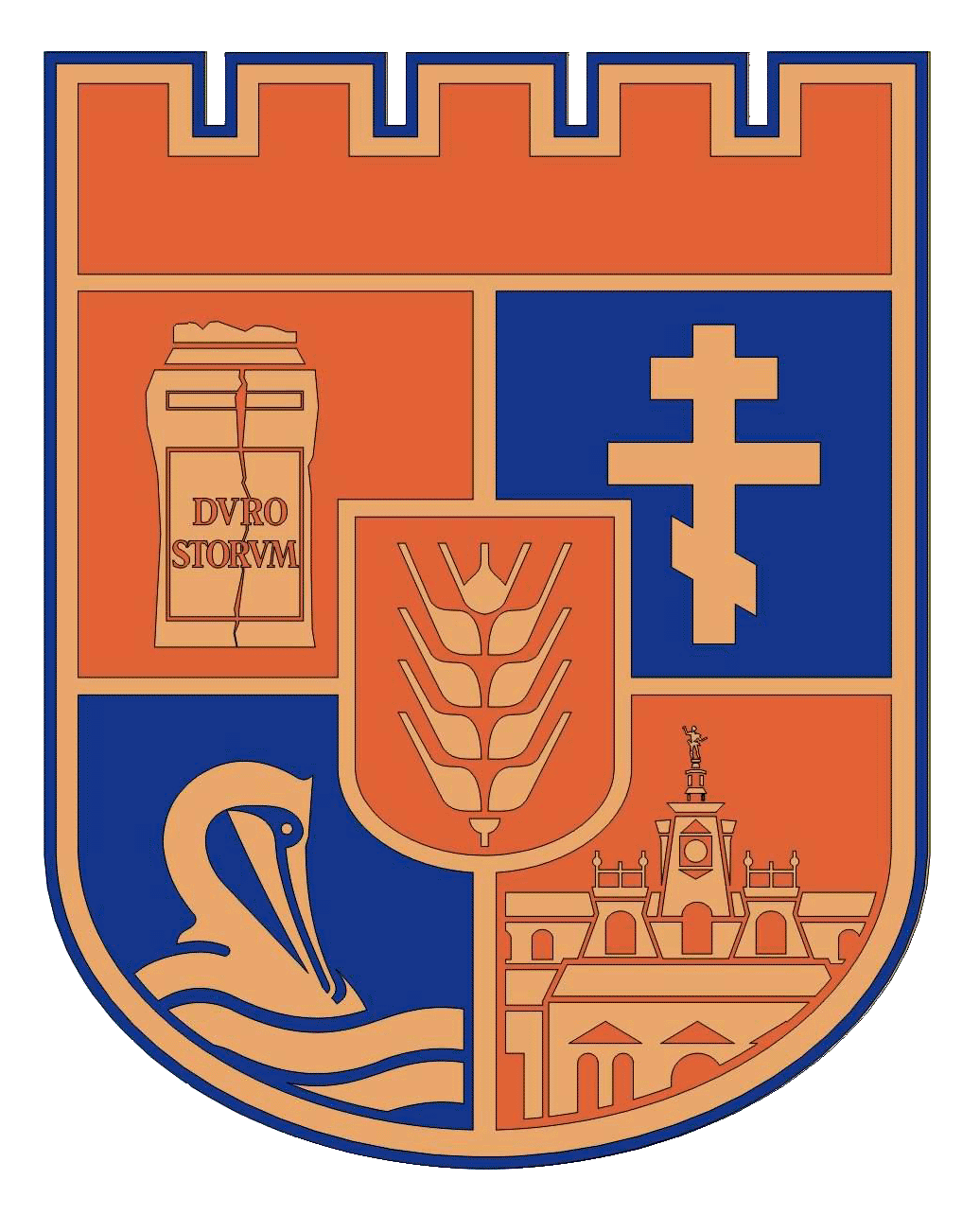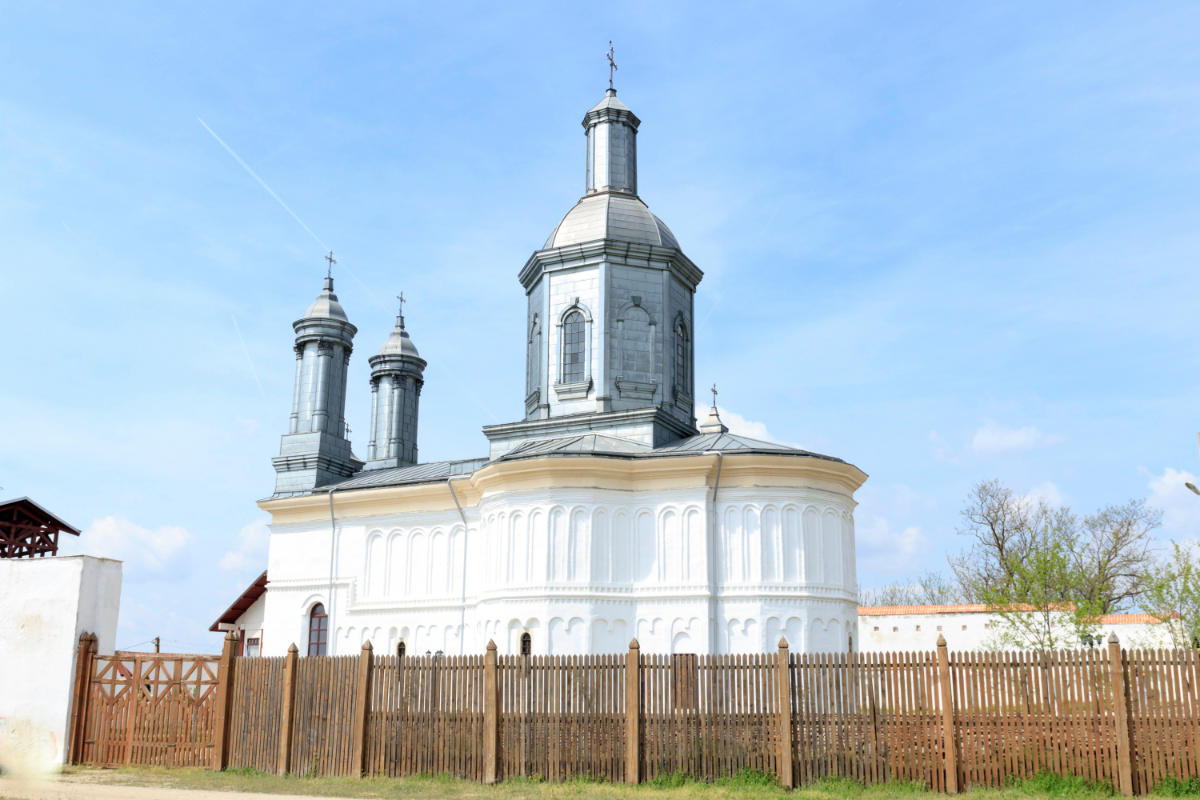Negoieşti Monastery
Category TempleLOCATION
DJ140 Negoieşti
DESCRIPTION
The Negoiesti Monastery was founded by Prince Matei Basarab and his wife Elena. It is a monastery whose establishment dates back in 1649. It is an imposing monastery, at a height of 31 meters, length of 18 meters and is 7 meters wide. The walls, made of stone and brick, have a thickness of over 1 meter, in some places exceeding 2.5 meters. It was made up of a main building, the church rooms, the bell tower and the surrounding wall. The church tower was half built of brick and half of the wood. It was fitted with windows made of iron. The interior of the church is in the shape of an irregular quadrilateral, and the floor was made of brick. The bell tower of the church was built of a wall and covered with shingles. It is said that in 1680, at the first invasion of the Turks on the monastery, the bell from the tower was taken by them.
The entrance to the church was a large gate made of fir planks. As for the Abbot Houses, they were built together with the church and each was equipped with its own cellar, where the necessary for the monks and abbots produce was kept. One year after its lifting, the church was blessed at Mount Athos, administrative and religious affairs being granted to the Greek Abbots.[1]
HISTORY
Over time, the Negoieşti monastery received numerous dues from the princes of Wallachia or from other boyars. According to some documents from the 17th century, the monastery had a tumultuous history, being attacked on several occasions by the Turks. The first attack took place in 1680. After 1720, the attacks became more and more frequent, because in 1810 the monastery was almost entirely abandoned by the Abbots.
In 1823, the Church of the Holy Archangels is mentioned by the Metropolitanate of Wallachia as having windows without glass, uninviting interior walls, brick floor, a damaged high tower and bell tower as well as damaged surrounding walls.
In 1864, the church underwent an extensive restoration process led by architect Schlater. The interior of the church was painted by Constantin Lecca, and the iconostasis carved by Constantin Babic.
Following the application of the secularization law, in 1864, the monastery turned into a secret church, and the monks went either to the Caldurasani monastery or to the Snagov monastery. Following the earthquake of 1977, the monastery did not remain untouched and suffered serious damage, so it would undergo a series of restoration works starting the same year.
The history of the Negoiesti monastery can be divided into three phases:
1. Between 1649-1718: a quiet period, when the monastery receives goods and estates, placing it among the richest in Wallachia.
2. Between 1719-1823: a tumultuous period, when the attacks of the Turks intensify and the monastery reaches a serious stage of deterioration.
3. Between 1823-1863: period of recovery, when the monastery returns to the charm of the past.
Between 2004 and 2010, the monastery ensemble was declared a historical monument, being included on the list of historical monuments in Calarasi County, which includes the Church "Saint Mihai and Gavril", the ruins of the cells and the enclosure wall.
During 2011-2013, the monastery underwent a restoration and rehabilitation process, funded by European funds, being one step away from an introduction into the tourist circuit of Calarasi County.[2]
SIGNIFICANCE OF THE SITE
The Negoiesti Monastery was founded by Prince Matei Basarab and his wife Elena. It is an old building from 1649.. The architectural ensemble of the Negoieşti monastery was declared a historical monument, being included in the list of historical monuments in Calarasi County in 2004 and 2010 as an architectural monument of national importance.
VISITOR INFORMATION
Working time: 10:00 – 16:30
OTHER INFORMATION
The architectural ensemble of the Negoieşti monastery was declared a historical monument, being included in the list of historical monuments in Calarasi County in 2004 and 2010 as an architectural monument of national importance.
CLASSIFICATION
Religious site
[1] Mănăstirea Negoieşti, http://www.cesavezi.ro/obiective-turistice/3-manastiri/1687-manastirea-negoiesti
[2] Mănăstirea Negoieşti, http://www.cesavezi.ro/obiective-turistice/3-manastiri/1687-manastirea-negoiesti




